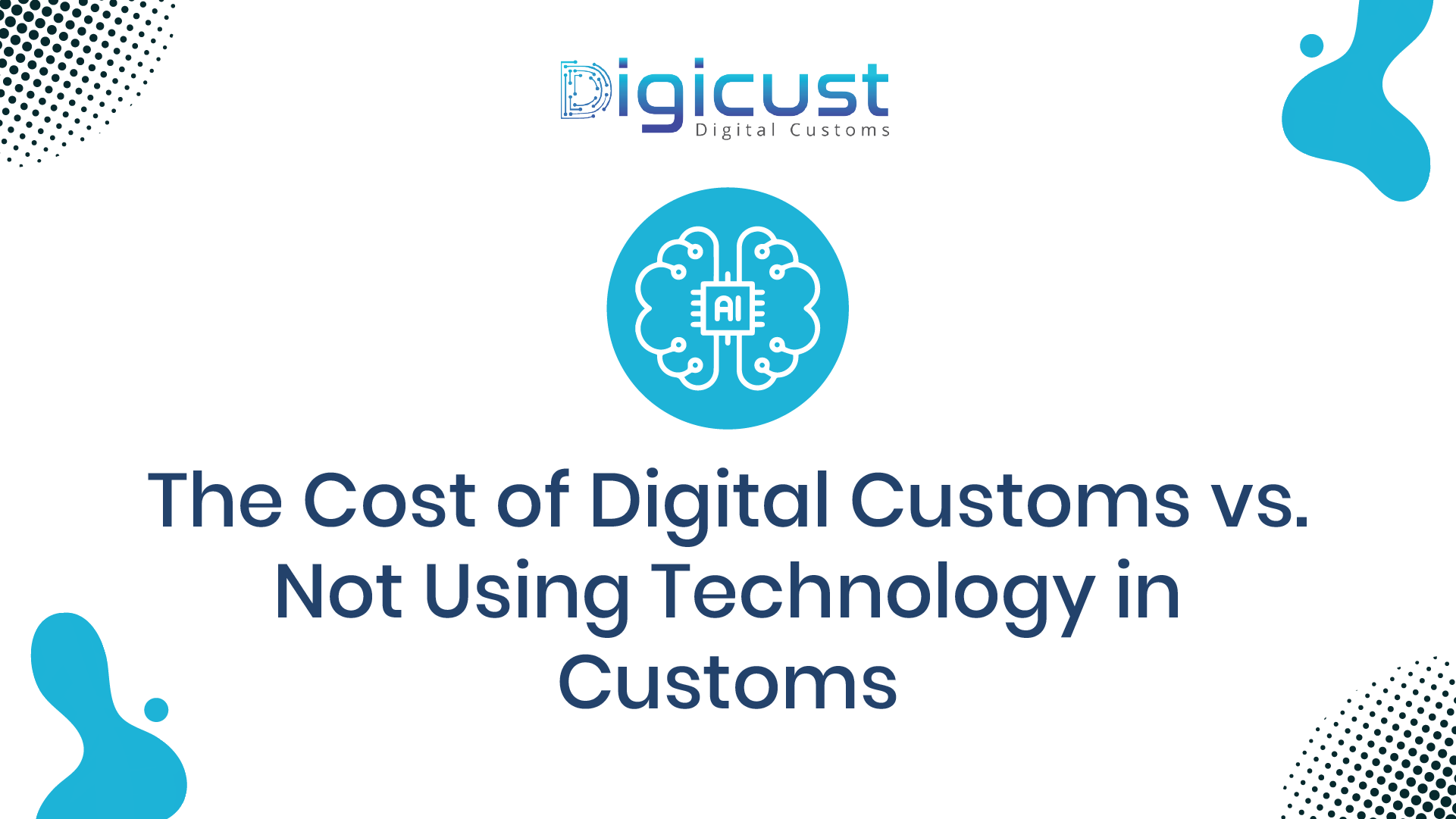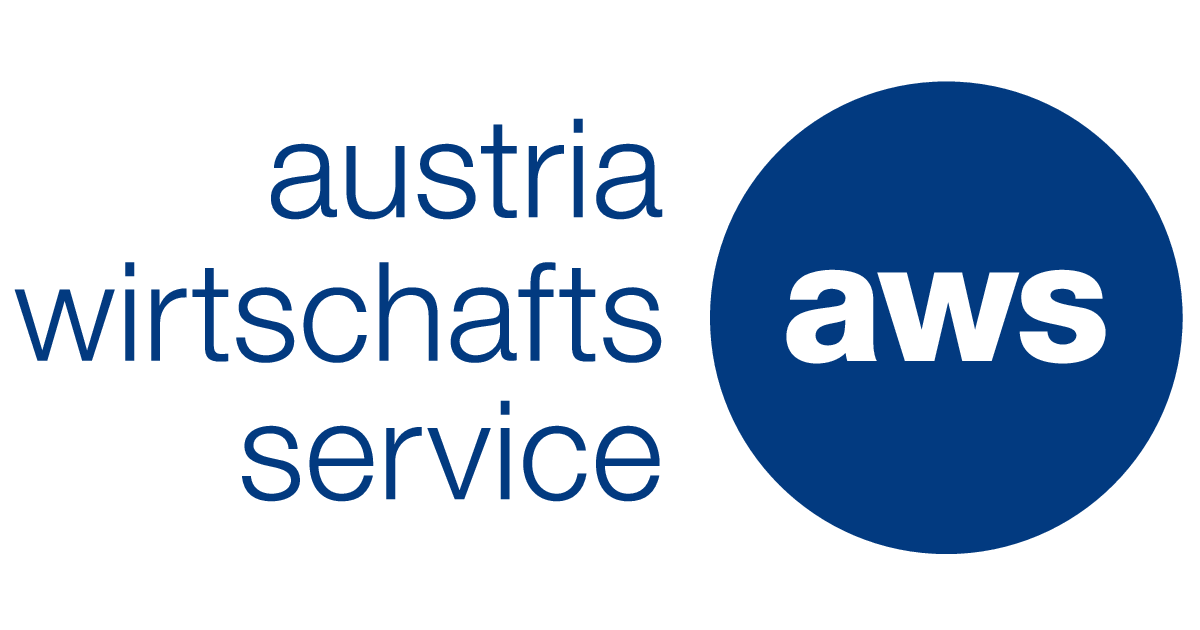- 10/4/2022
- Matthias Pfeiler
🥳 We just closed our seed round with an investment of € 1.6 M 🥳 Read more
The Cost of Digital Customs vs. Not Using Technology in Customs

How To Automate The Creation of Customs Declarations - By Applying Dexter IDP
Learn about requirements engineering, benchmarking IDP providers, and automating customs declarations with Dexter IDP.
Download For FreeNews from our Blog
Learn about customs clearance, foreign trade, our product updates and our latest achievements.
Ready To Talk?
Our team is here to answer your question about Digicust
Contact UsOr, get started now with a free trial
















